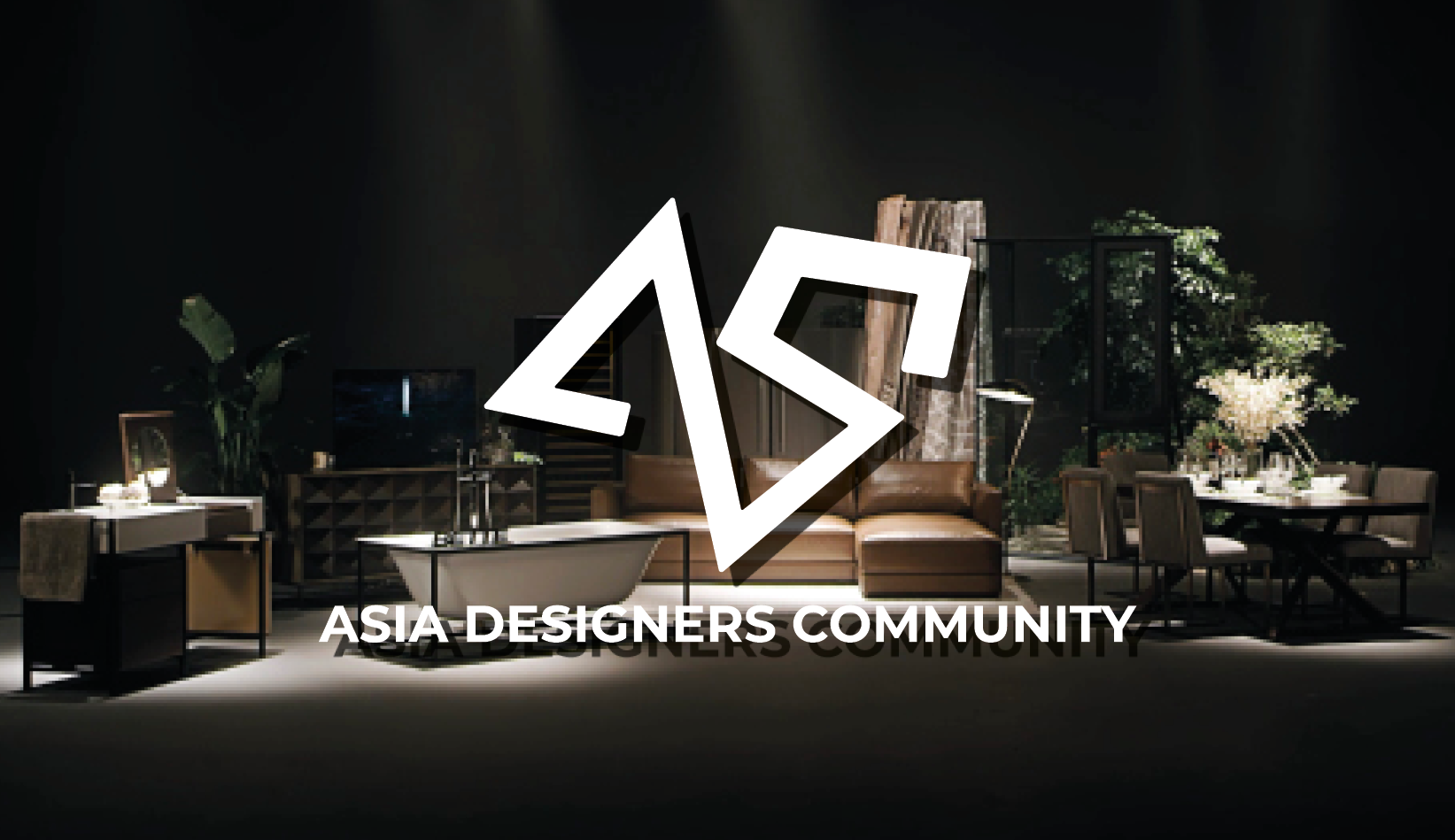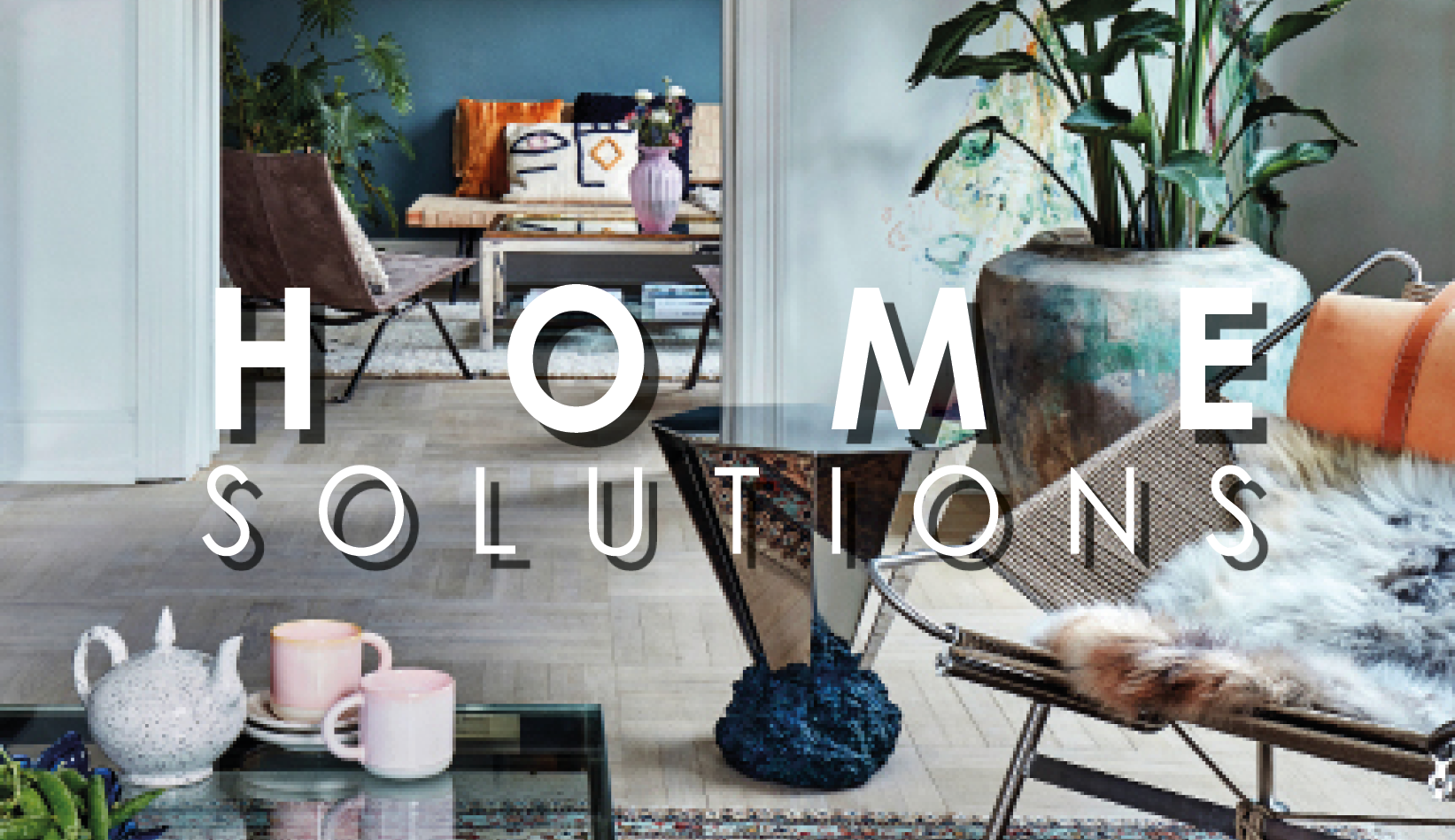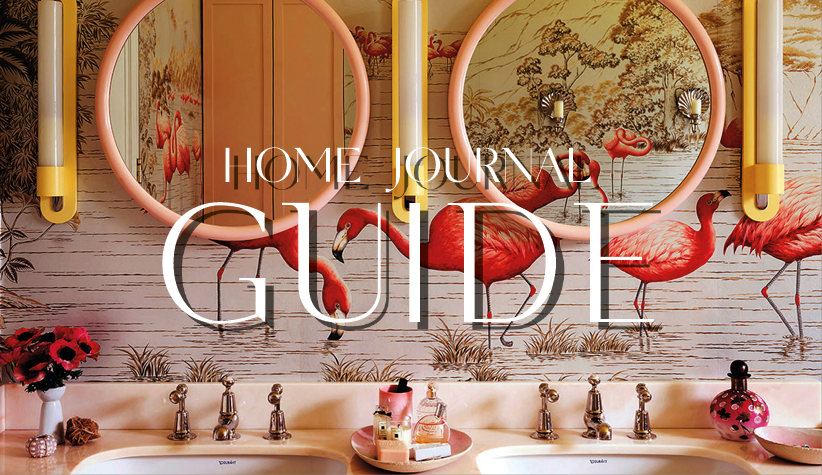Office design must evolve to win over Gen Z, suggests SAAN Architekci.
Generation Z, or Zoomers, born in the late 1990s to early 2010s, is making their mark on the job market. As the first truly digital-native generation, their expectations for office spaces differ sharply from those of their predecessors. Flexibility, inclusivity, and aesthetics are essential for them.

Dominika Ogłoblin, architect at Polish firm SAAN Architekci, believes designing for Gen Z requires a holistic approach. “The office should respond to diverse needs and working styles, while also creating an inclusive environment that is friendly to neurodiverse individuals,” she says.
Inclusivity at the core
Younger generations are increasingly aware of inclusivity, and this principle must extend to their workplaces. Design strategies like Human-Centered Design consider human needs, limitations, and expectations throughout the process.

“Considering people with attention deficits or hypersensitivity to sound, light, or colour should become a standard in design,” Ogłoblin emphasises.
Muted, natural tones help create a sense of calm, while greenery not only improves air quality but also has a soothing effect. Lighting also plays a vital role. “Non-intrusive lighting optimised for circadian rhythms – adjusting colour and intensity throughout the day – supports concentration and improves daily functioning,” Ogłoblin explains. Features like dark light lenses and prismatic diffusers further enhance comfort by reducing glare.

Spaces for all work styles
Flexible office spaces are crucial to supporting different working styles. Modular furniture, mobile acoustic panels, and adaptable layouts allow spaces to be reconfigured as needed.
For those who need focus, quiet areas like phone booths or small meeting rooms help minimise noise and distractions. “In addition to acoustic separation, visual separation is also worth implementing, such as curtains along glass walls, to block out hallway distractions,” Ogłoblin notes.

Meanwhile, informal zones designed for collaboration, with features like large tables, writable surfaces, and whiteboards—encourage brainstorming and creativity.
A space worth returning to
To attract Gen Z back into offices, these spaces must offer more than just functionality. A well-designed office combines aesthetics with comfort and social connection. “Attractive spaces combine functionality with aesthetics, creating a comfortable and welcoming environment,” Ogłoblin says.

Café-inspired designs, ergonomic seating, and height-adjustable desks create inviting, less formal spaces that appeal to younger workers. Rest and recreation areas, where employees can recharge or socialise, are also increasingly important.


“Such thoughtfully designed offices – which embrace diversity and prioritise employee well-being – foster a sense of belonging and make employees feel connected to the space,” Ogłoblin concludes. By blending comfort, flexibility, and inclusivity, modern workplaces can become hubs that the youngest generation of professionals genuinely want to return to.






